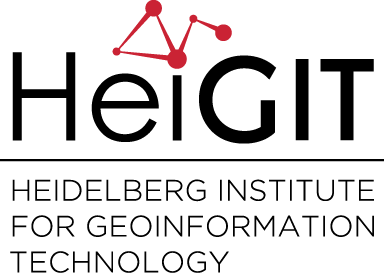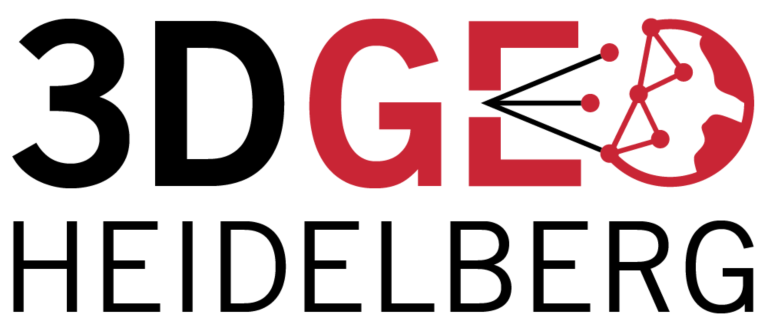Category: Allgemein
-
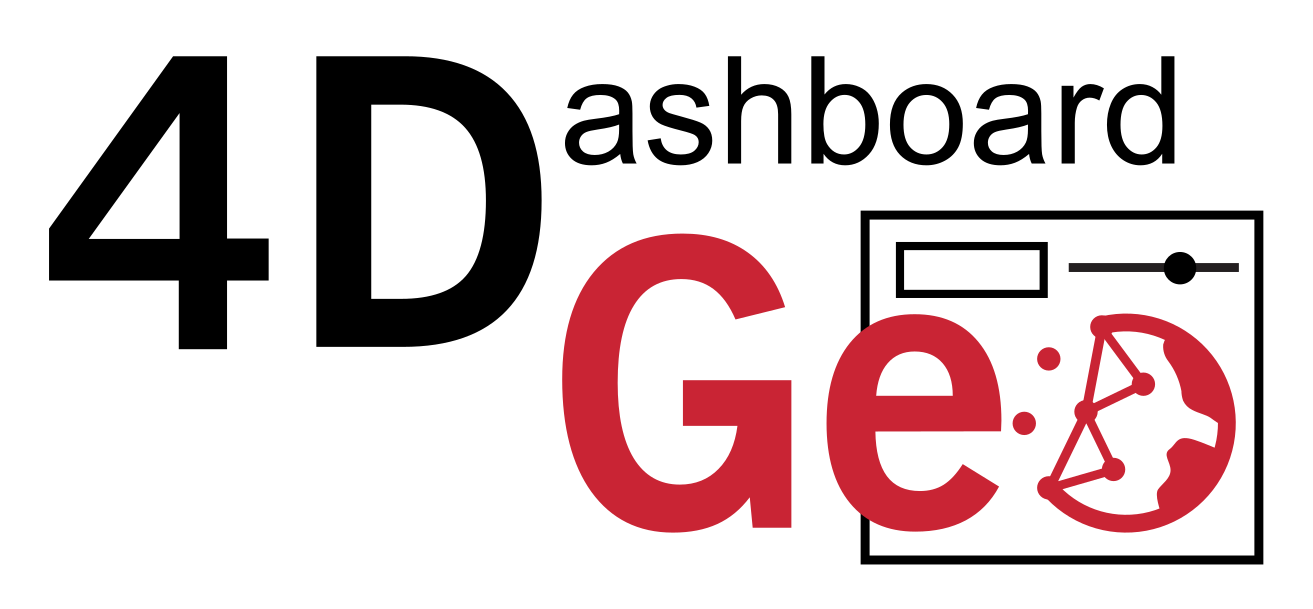
4DGeo Release: v1.0.0
First release of our 4DGeo Dashboard: https://github.com/3dgeo-heidelberg/4dgeo 4DGeo is an open-source, modular, super lightweight, web-based interactive dashboard application for visualizing 3D geodata time series. 🌐 Demo: https://3dgeo-heidelberg.github.io/4DGeo/💻 GitHub: https://github.com/3dgeo-heidelberg/4dgeo📖 Documentation: https://3dgeo-heidelberg.github.io/4DGeo/docs/ Play around with one of our use cases: Bees, a moving tree branch or a rockfall! Or fork the repo, try it out with…
-
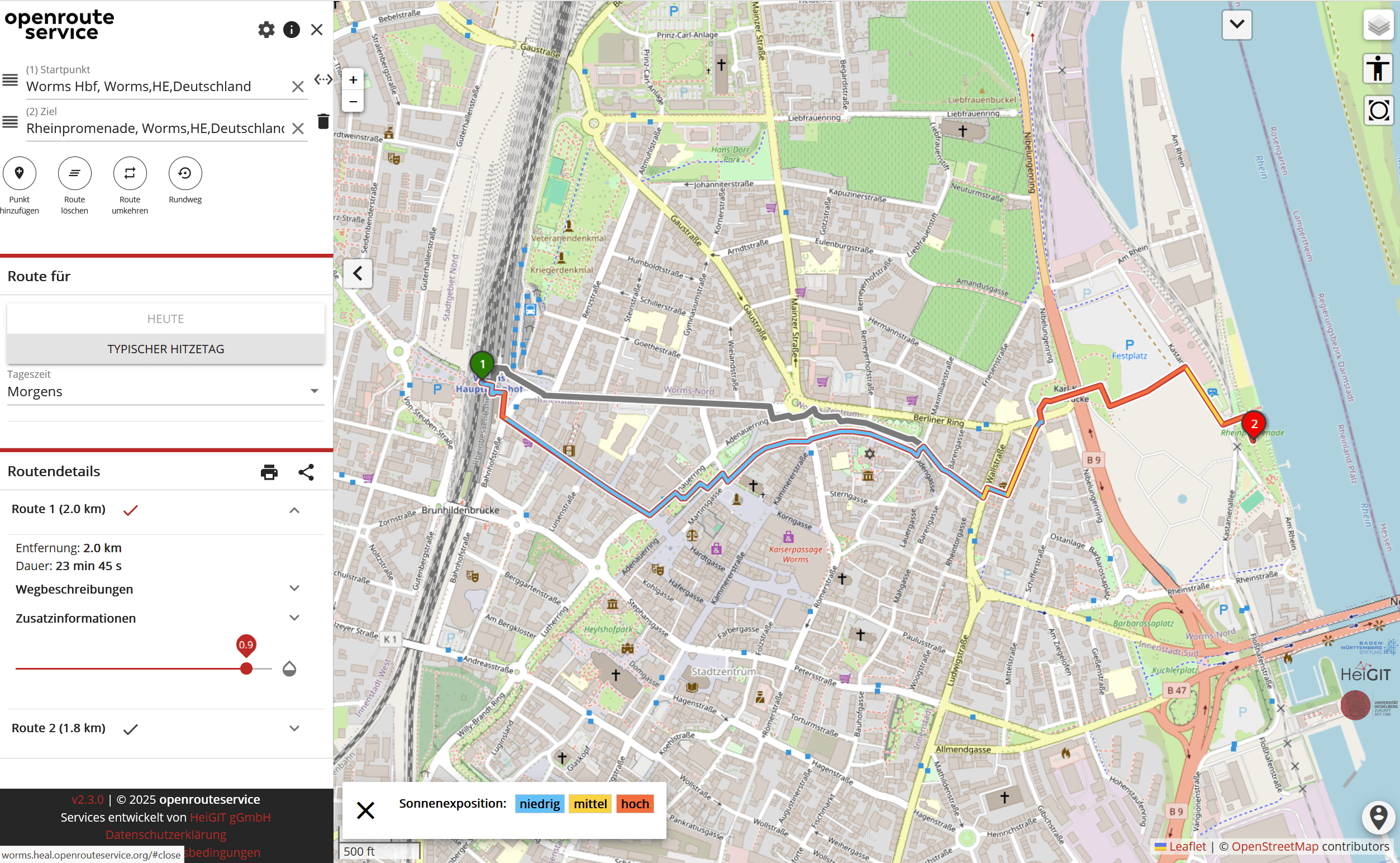
A Routing App to Avoid the Heat: HEAL App now available also for Worms
As summer temperatures soar, being outdoors poses rising health risks, especially in urban areas and for vulnerable groups like the elderly, children, and citizen with pre-existing conditions. The HEAL project launched a routing app to help citizens avoid heat stress, supporting climate adaptation and public health during hot weather periods. Initially developed for Heidelberg, the…
-

Including Local Communities in Colombia´s Risk Governance with Participatory Mapping
In June 2024, researchers from the Urban Big Data Centre (UBDC) and HeiGIT (Heidelberg Institute for Geoinformation Technology) carried out a joint field trip to Colombia to strengthen participatory mapping collaborations. The visit included workshops, partner meetings, and field activities with communities, universities, and government institutions, with a focus on the use and development of…
-

Another milestone for ohsomeNow: H3 hexagon maps at high and low resolution
The ohsomeNow Stats dashboard has been updated to enhance its visual and functional elements. This facilitates the exploration of OpenstreetMap (OSM) mapping activities across space and time. New H3 hexagon maps at high and low resolution One of the most notable improvements is the new mapping interface. Previously, country-level visualizations were limited and lacked spatial…
-
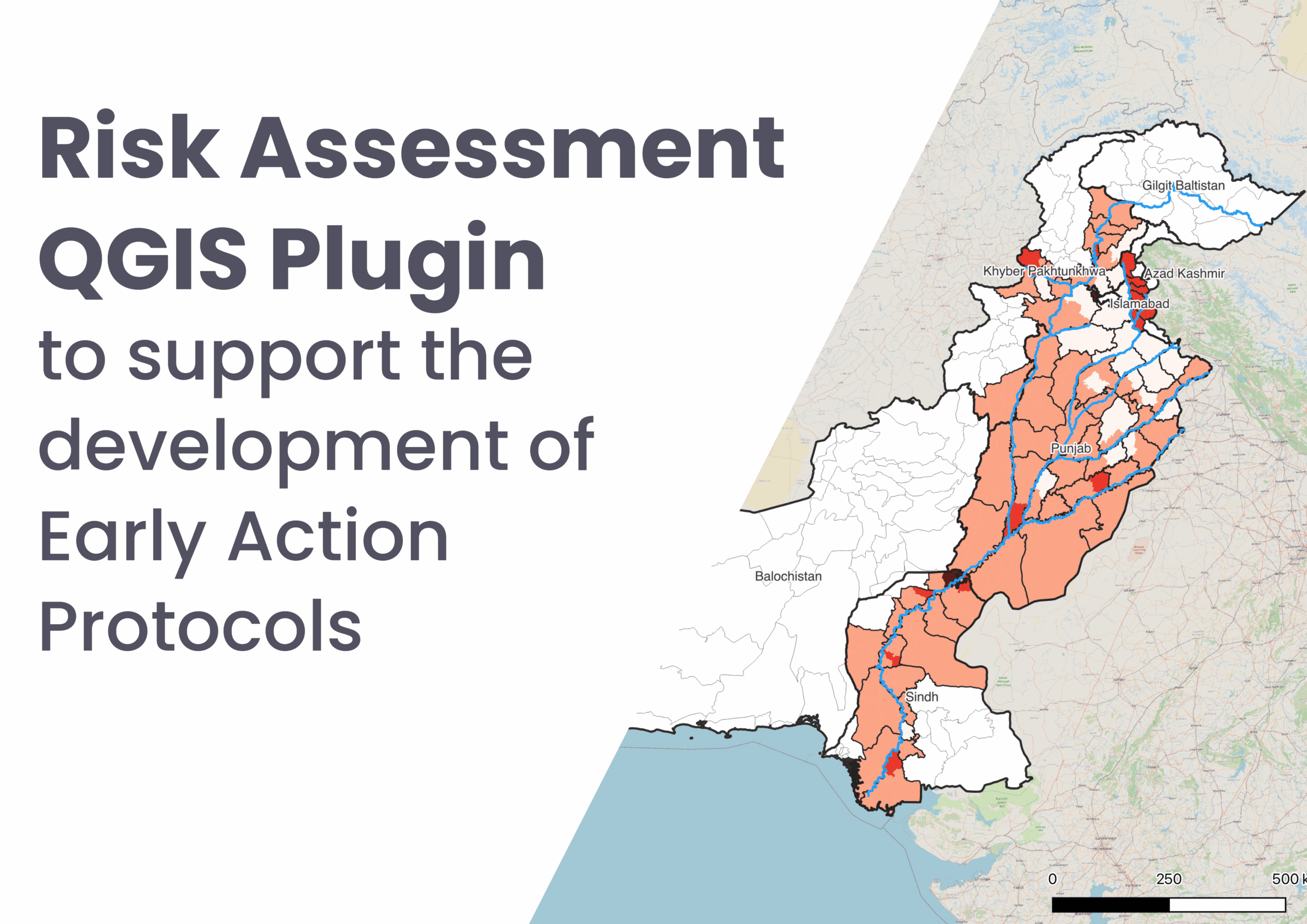
Risk Assessment QGIS Plugin to support the development of Early Action Protocols
As part of our ongoing work in Anticipatory Action, a QGIS plugin for risk assessments was developed with the goal of enabling local actors to carry out risk assessments independently and reliably. The tool builds on HeiGIT’s broader efforts to support community resilience by making geoinformation technology more accessible to practitioners in diverse operational contexts.…
-
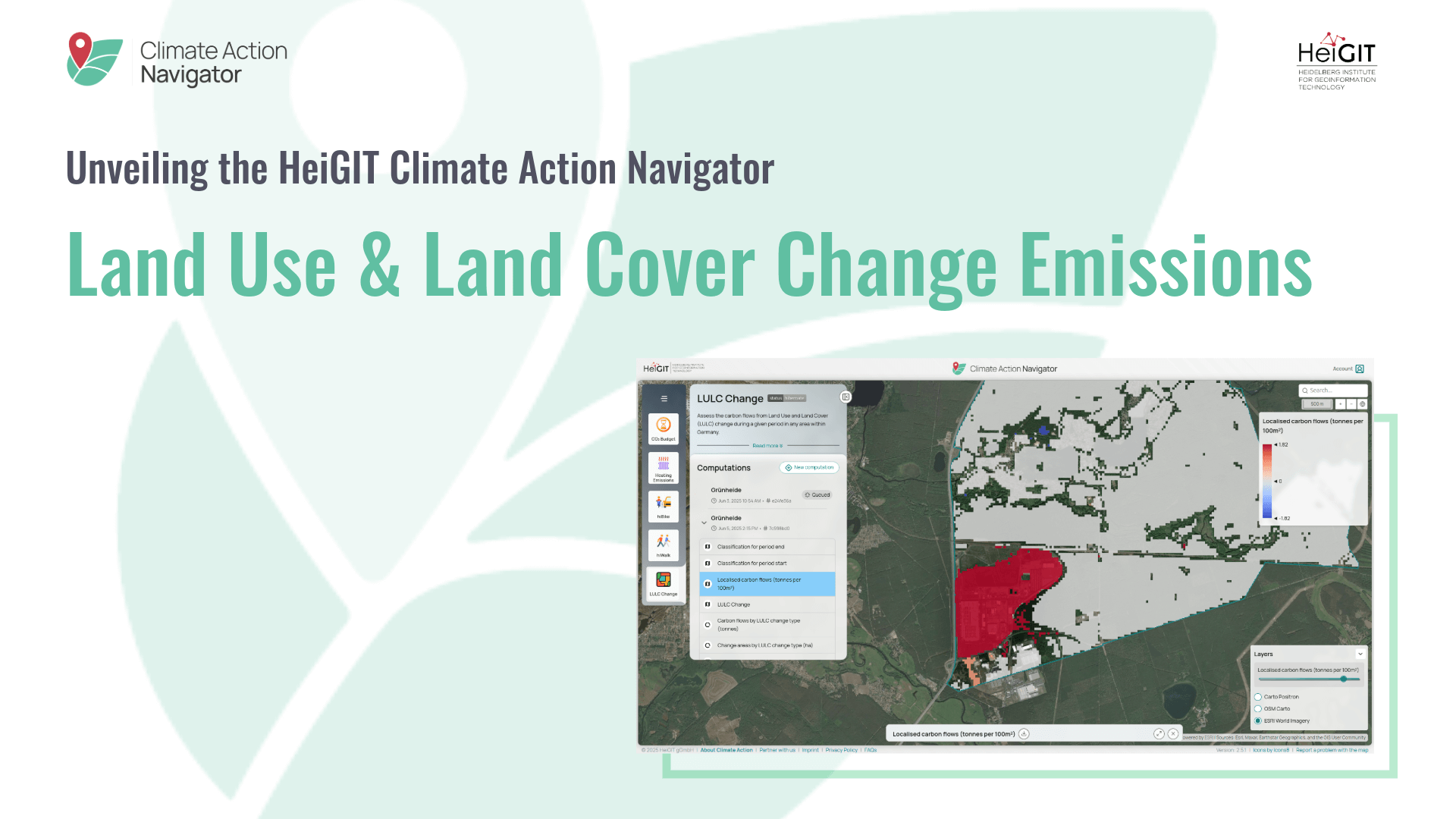
Unveiling the HeiGIT Climate Action Navigator Part 4 – Land Use and Land Cover Change Emissions
The Climate Action Navigator (CAN) is HeiGIT’s interactive dashboard offering high-resolution data and key climate indicators, ranging from the quality and availability of mobility infrastructure to CO2 emissions from heating of residential buildings. In this blog article, we will have a closer look at Land Use and Land Cover (LULC) Change Emissions. The LULC Change…
-
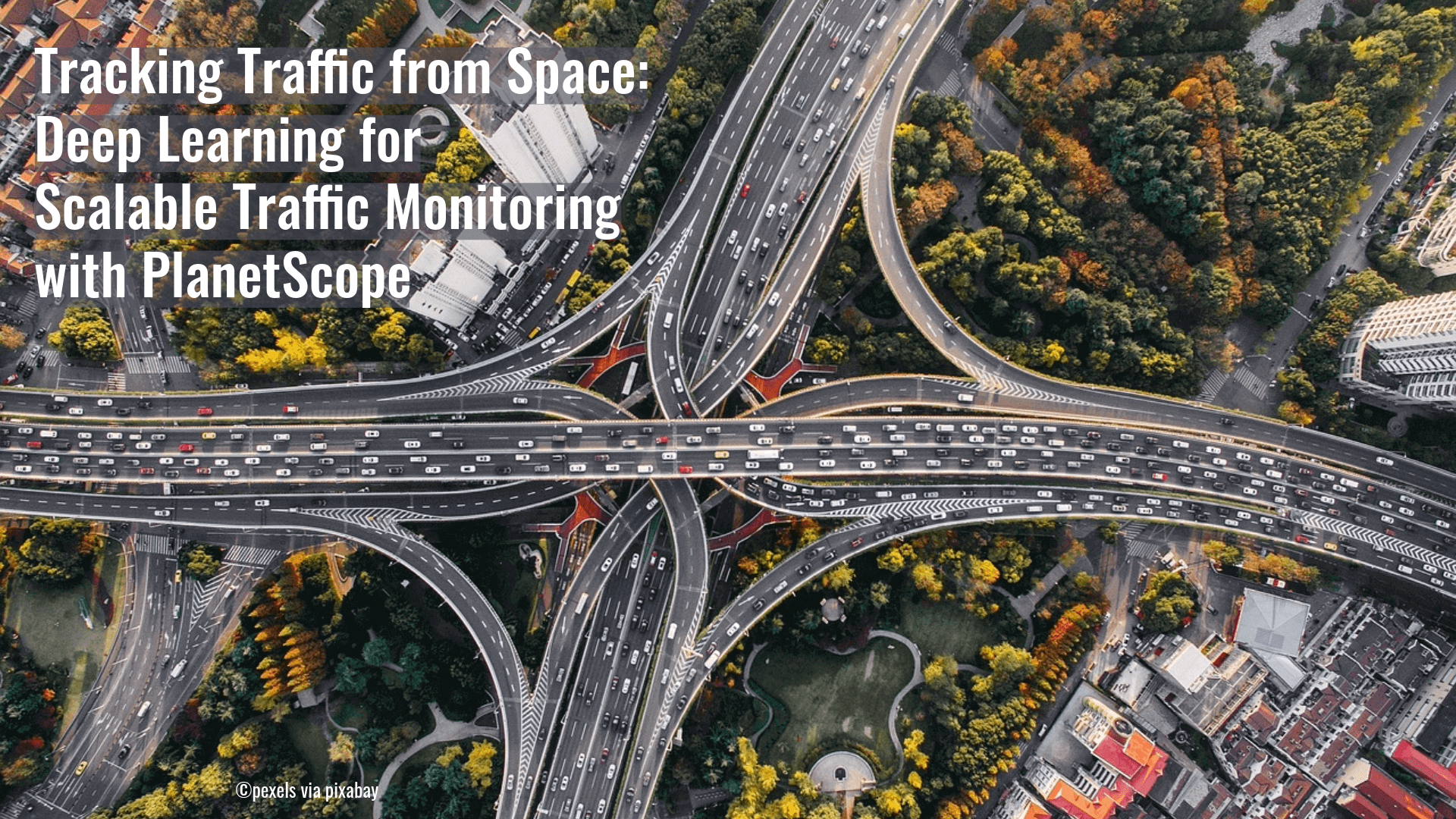
New Paper “Deep learning enhanced road traffic analysis”
A recent study has demonstrated a novel approach to the large-scale monitoring of road traffic. Rather than relying on radar or mobile sensors, the team used PlanetScope’s Super Dove satellite imagery to detect moving vehicles and estimate their speed. By implementing a Keypoint R-CNN learning model, the researchers were able to track the subtle “motion…
-
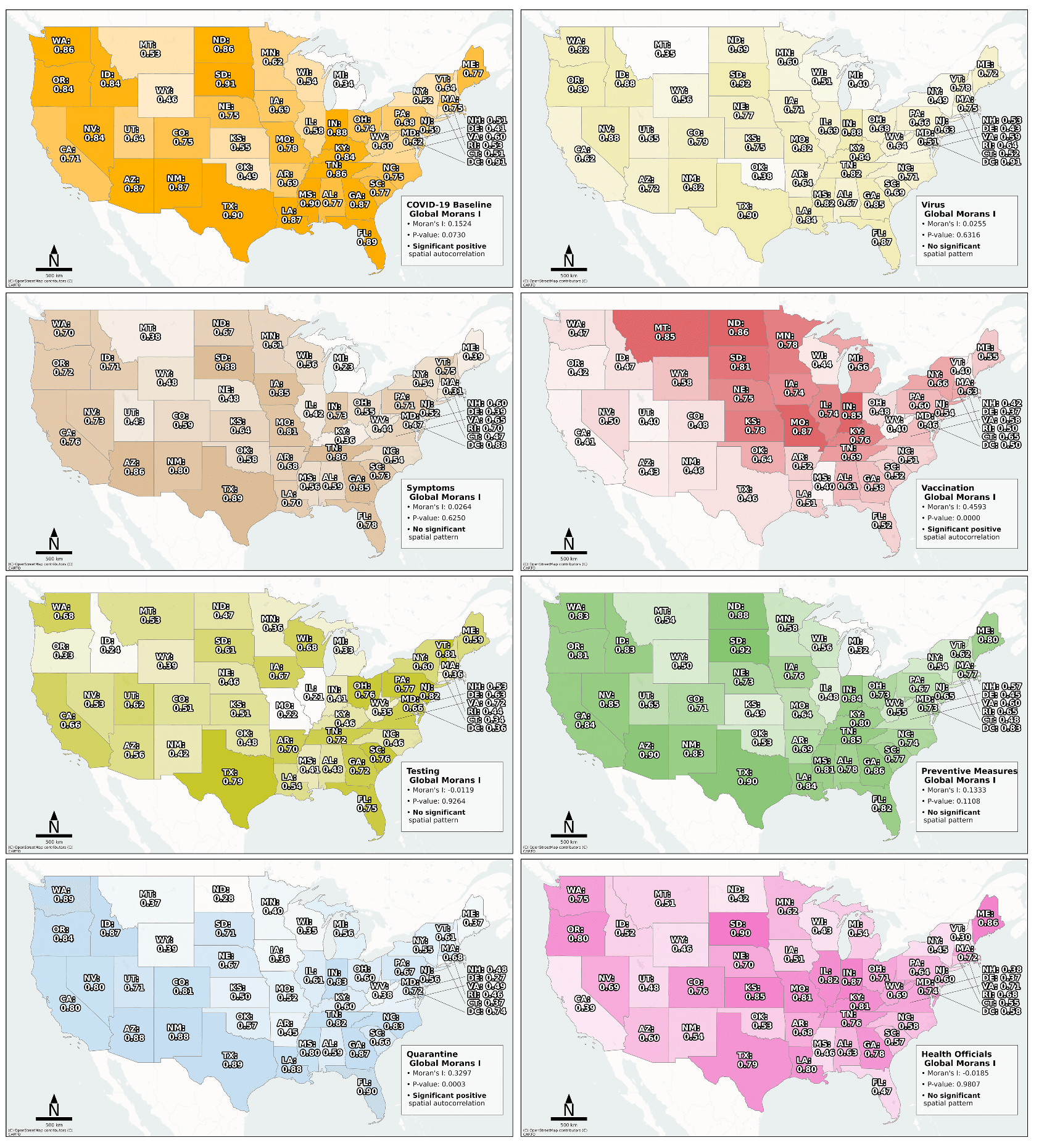
New Paper “How politics affect pandemic forecasting”
Searching for early warning systems during the COVID-19 pandemic, the researchers explored how digital data sources such as geo-social media (e.g. posts on platforms like X, formerly Twitter, that include location data) could improve the disease’s transmission dynamics. This data offers a valuable tool for local event detection. The study investigated how geo-social media topics…
-

HeiGIT and GIScience take part in STADTRADELN
This year, the team from HeiGIT is once again participating in the nationwide cycling initiative STADTRADELN. For 21 days, teams across Germany collect bicycle kilometers, raising awareness for climate protection, sustainable mobility, and improved cycling infrastructure. The campaign promotes environmentally friendly transportation – not only in the everyday lives of the participants but also as…
-
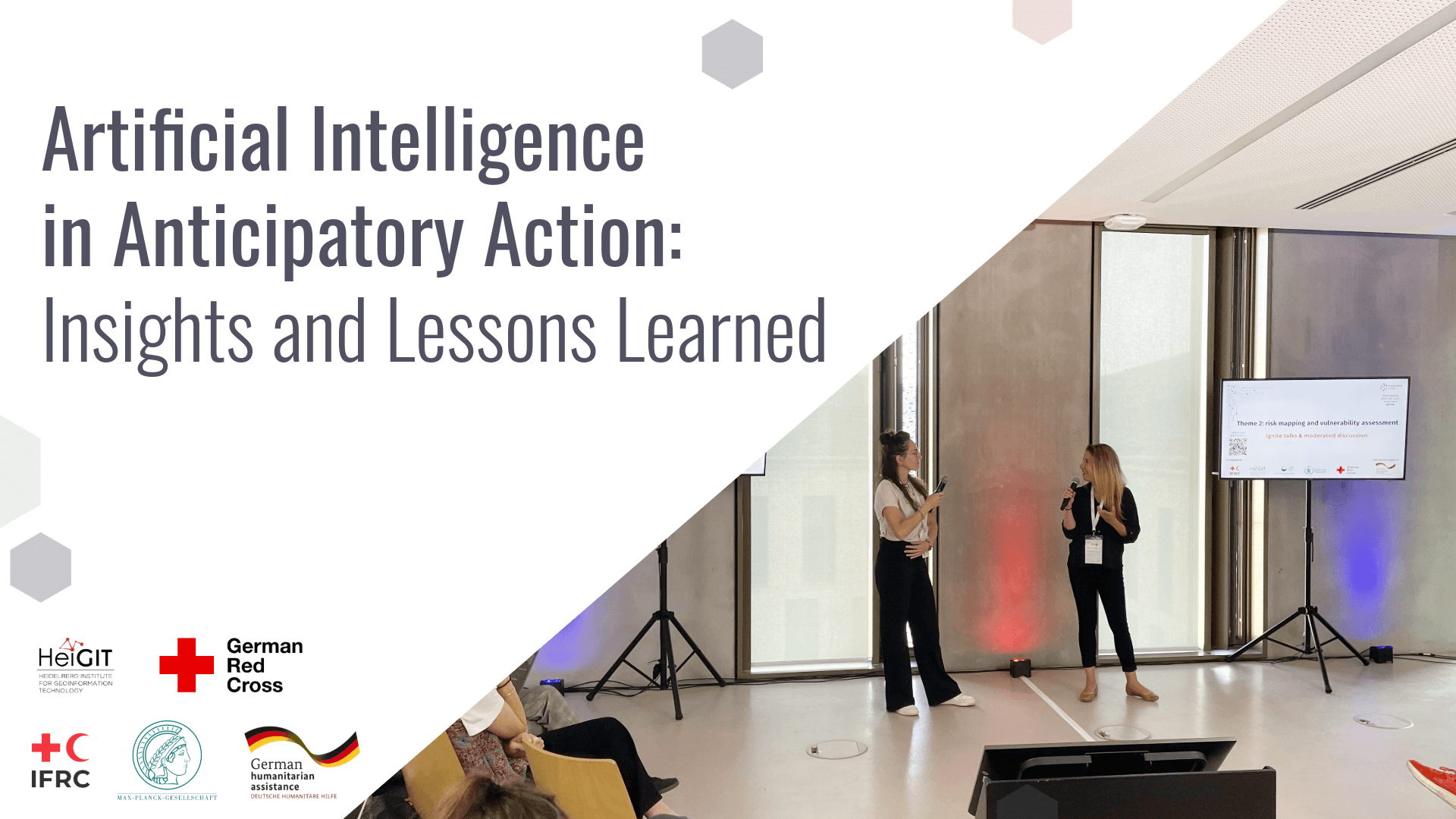
Artificial Intelligence in Anticipatory Action: Insights and Lessons Learned
Artificial Intelligence holds great promise for strengthening Anticipatory Action by improving hazard forecasting, vulnerability mapping, and decision support, but must be tailored to real-world humanitarian contexts to really be of benefit. A recent workshop brought together practitioners, researchers, and tech experts to identify gaps, share learnings, and explore how AI can be responsibly and effectively…
-

HGG lecture: Resource Use and Resilience: Pre-Columbian Terrace Agriculture in Southern Peru
The last HGG lecture of this summer term 2025 will look at the terraced landscapes in the Peruvian Andes, focussing on human-environment interactions.
-
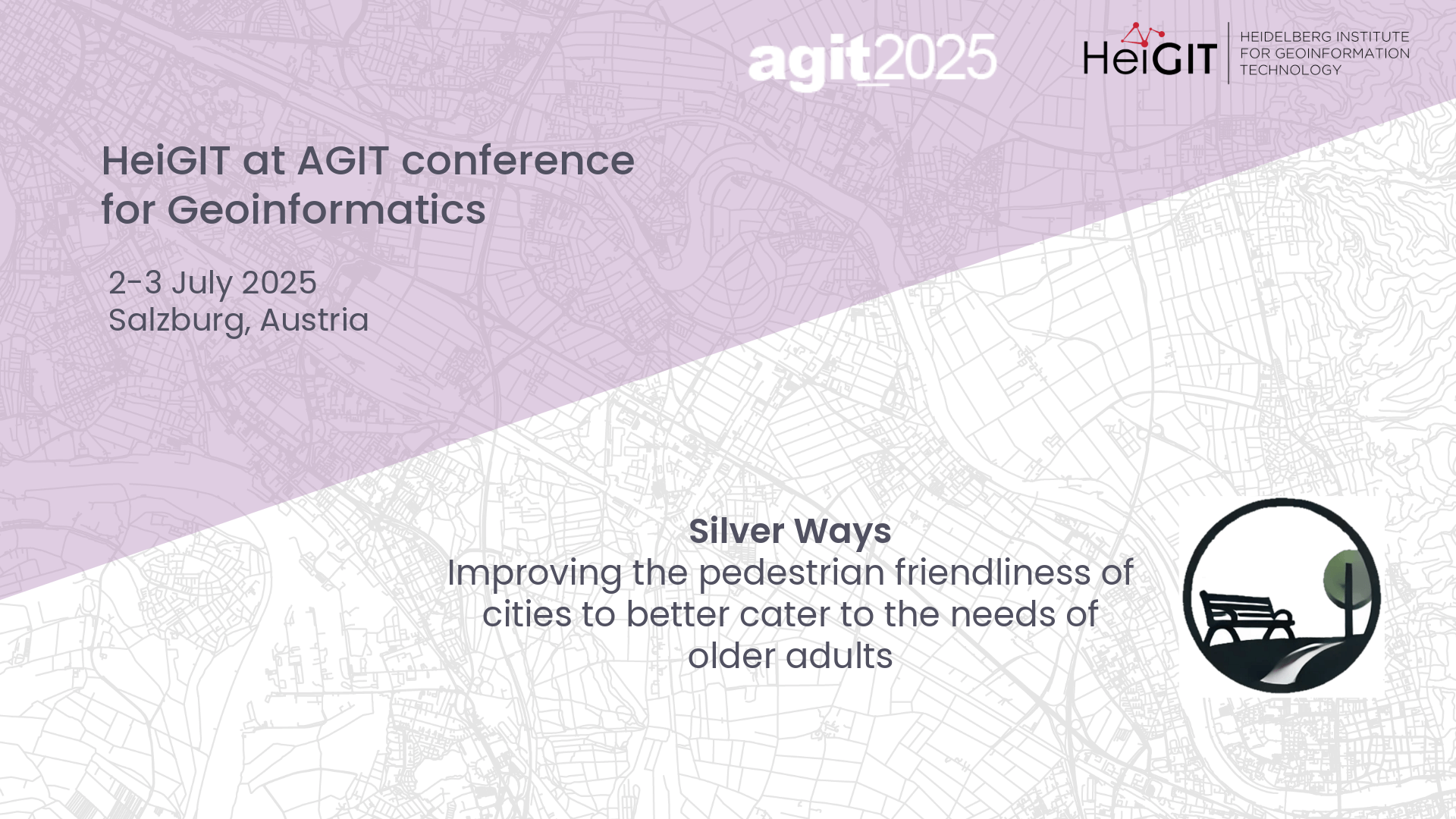
Presenting Silver Ways project at AGIT
At this year’s AGIT conference in Salzburg, Austria, GIScience and HeiGIT will host a poster session to our new Silver Ways project, developing a walkable routing system to cater the needs of older adults.

